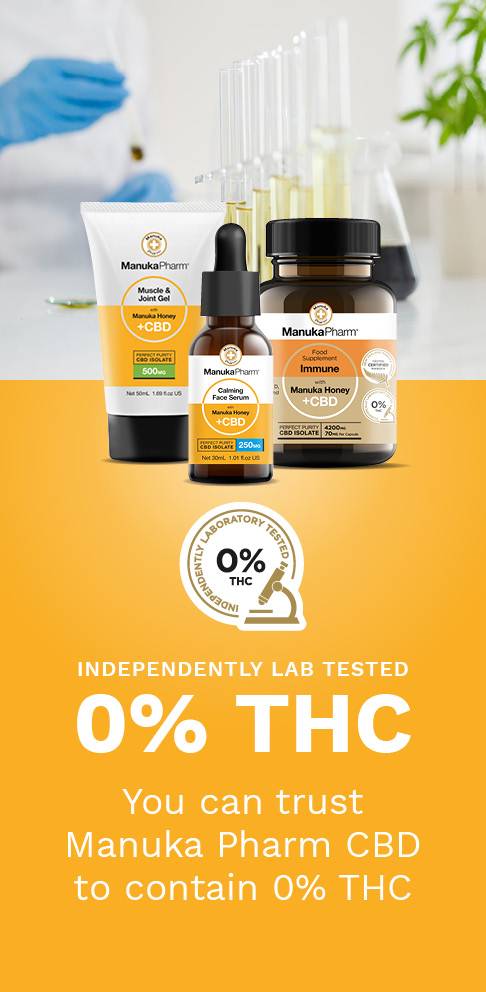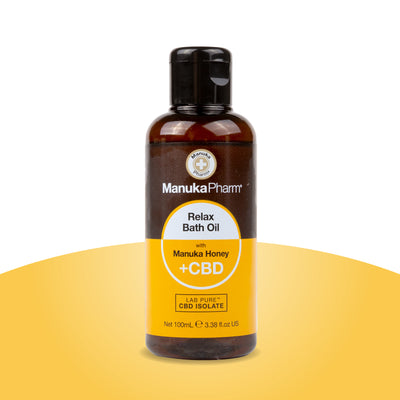As we grow older, our joints can become stiff and achy, preventing us from living life to the full. But have you ever wondered why this happens? Are painful joints just an inevitable part of the aging process, or can we do anything to protect ourselves? Read on, as we explore the science behind this unpleasant ailment.
How common are achy joints?
In older people, the most common cause of achy joints is osteoarthritis, which affects around 8.5 million people in the UK.[1] So if you’re struggling with joint pain, you’re certainly not alone! According to the NHS, you’re more at risk of developing this painful condition if you’re over forty-five, female, overweight or closely related to someone who suffers from it. Osteoarthritis can also occur if you overuse an injured joint before it has fully healed.[2] While stiff, painful joints are the main symptoms of osteoarthritis, some sufferers also experience swelling, tenderness and bony growths. Any joint can be affected, but you’re most likely to develop the condition in your knees, hips and hands.
What causes the aching?
Normally, the ends of your bones are covered by a protective layer of cartilage that helps them to move smoothly against each other. But when a joint develops osteoarthritis, part of the cartilage breaks down causing pain, stiffness, and swelling.
Can anything ease the pain?
It’s easy to dismiss the pain of osteoarthritis as part of the aging process, but you don’t have to just grin and bear it.[3] As well as asking your GP for support, you can help yourself by making a few adjustments to your lifestyle.
Here are our top three suggestions:
1. Maintain a healthy weight
Being overweight puts extra strain on weight bearing joints such as knees and hips, so staying trim is an excellent way to reduce osteoarthritis symptoms. Eating a healthy, balanced diet will help you to avoid piling on the pounds, but if you’re already overweight and you’re struggling to lose it, there’s plenty of support on offer, including a free NHS weight loss app that will help you to adopt healthier eating habits.[4]
2. Keep active
According to experts from the UK’s Faculty of Sport and Exercise Medicine, if osteoarthritis is affecting your knees, hips or hands, regular exercise will reduce any pain you’re experiencing and help you to regain movement in the affected joint.[5] Staying active will also prevent the muscles around your joints from becoming weaker. When it comes to boosting your fitness level, it’s important to include four different types of exercise:
• Aerobic exercises-to keep your lungs and heart healthy
• Stretching exercises-to keep your joints supple
• Strengthening exercises-to strengthen the muscles around your joints
• Balance exercises-to reduce the risk of falls.
If you haven’t exercised recently due to joint pain, check out this excellent guide to getting started. Produced by Versus Arthritis, it’s packed with exercise suggestions, helpful information and relevant links.
3. Try supplements
Several natural supplements can provide relief from osteoarthritis symptoms. Glucosamine Research shows that a daily oral dose of glucosamine (an amino sugar) can significantly reduce the symptoms of osteoarthritis in the lower limbs.[6] According to animal studies, it also repairs and delays the breakdown of damaged cartilage.[7] If you’re keen to try this popular supplement, why not check out Manuka Pharm’s Joints Capsules, which contain a unique blend of glucosamine, essential vitamins and several of nature’s best anti-inflammatories.
CBD (Cannabidiol)
Extracted from hemp plants, CBD contains only minute traces of the psychoactive compound associated with cannabis, which is why you can buy it over the counter. Over the last few years, research has revealed that cannabidiol can markedly reduce the symptoms of arthritis. For example, a 2017 study showed that it improves markers of inflammation, pain, and nerve damage in animals with osteoarthritis.[8] And in a recent survey conducted by the Arthritis Foundation, 87% of CBD users reported that the supplement helps them to manage their symptoms.[9]
So, if you’re suffering from achy joints, why not experience the benefits of cannabidiol for yourself? Manuka Pharm offers an excellent selection of high-quality CBD products, ranging from gummies to ingestible oils.
Turmeric
Often Found in Asian dishes, this distinctive yellow spice contains a substance called curcumin, which has traditionally been used to treat pain and inflammation. Several studies have provided evidence of this, including a trial that involved 107 people with osteoarthritis of the knee.[10]
At the start of the trial, participants were asked to take a daily dose of 2mg of turmeric or 800 mg of ibuprofen. After a period of 6 weeks, the researchers found that those taking turmeric had enjoyed better pain relief than those who had taken ibuprofen.
If you’re tempted to see whether turmeric works for you, it’s available in most health food shops and supermarkets. However, it’s also included in Manuka Pharm’s new joints capsules, along with a host of essential vitamins, minerals and therapeutic botanicals. Why not treat yourself today?




















